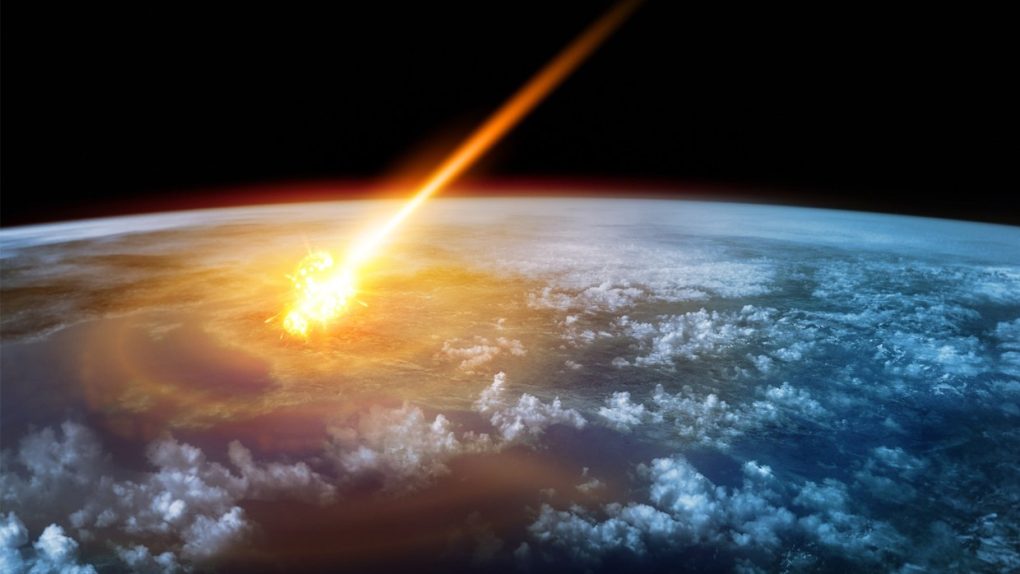When the asteroid that struck the present-day Yucatan Peninsula in Mexico reach the Earth it made life incredibly difficult for just about every living thing. Its far-reaching effects dramatically impacted plant life and destabilized the food chain in a way that many species just couldn’t recover from. With all that going on you’d expect life near the crater to have been pretty close to nonexistent, but new research suggests that the impact site itself was actually bustling with microorganisms almost immediately.
In the new paper, which was published this week in Nature, scientists led by the University of Texas at Austin discovered that the massive crater became just another habitat for sea life within a few years the asteroid’s arrival.
“We found life in the crater within a few years of impact, which is really fast, surprisingly fast,” Chris Lowery of the University of Texas Institute for Geophysics, and lead author of the study, explains. “It shows that there’s not a lot of predictability of recovery in general.”
The discovery comes courtesy of a drilling expedition led by scientists examining the crater the asteroid left behind. Like a timeline of events, the layers of the rock reveal the activity at the impact site in the many years following the asteroid’s arrival. In that rock, researchers discovered tiny microfossils of organisms that called the crater home almost immediately following its creation.
“Microfossils let you get at this complete community picture of what’s going on,” Lowery explains. “You get a chunk of rock and there’s thousands of microfossils there, so we can look at changes in the population with a really high degree of confidence … and we can use that as kind of a proxy for the larger scale organisms.”
The evidence shows that small marine creatures like shrimp were making homes in the crater within a couple of years after the asteroid crashed down, and by 30,000 years later the entire area was a bustling ecosystems with a fully fleshed-out food chain, just like any other area of the ocean.
It’s the incredible preservation of the sea floor in the crater that has allowed the researchers to provide a detailed timeline.
“You can see layering in this core, while in others, they’re generally mixed, meaning that the record of fossils and materials is all churned up, and you can’t resolve tiny time intervals,” Timothy Bralower of Pennsylvania State University, co-author of the work, explains. “We have a fossil record here where we’re able to resolve daily, weekly, monthly, yearly changes.”








